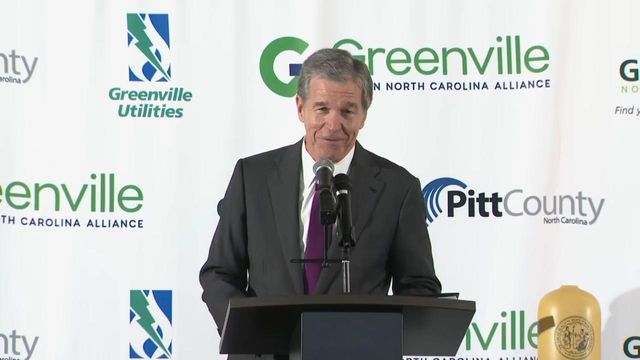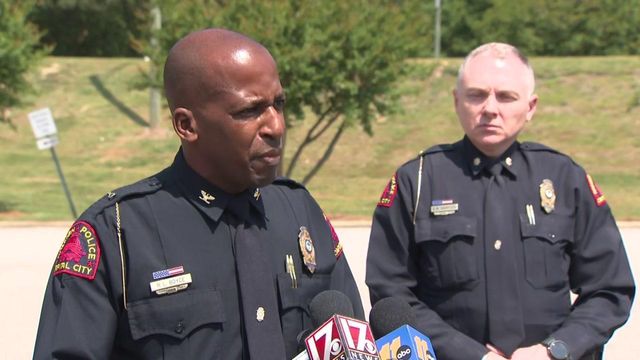Swaths of North America Are Shrouded Under Unhealthy Air

The sky in New York City rapidly darkened Wednesday afternoon, as a plume of smoke from Canadian wildfires approached the nation’s largest city and sent the air quality index soaring past 324, the worst since the Environmental Protection Agency began recording air quality measurements in 1999.
Midtown Manhattan was plunged into a deep hazy orange and smoky clouds obscured visibility across the five boroughs and around the region, canceling some flights. Earlier in the day, commuters donned COVID masks to walk the streets, children were kept indoors at recess, some schools closed and officials warned millions of people to avoid going outside.
For much of Wednesday, the air quality index in Syracuse, New York, surpassed 400, according to AirNow, which designates a reading above 100 as “unhealthy” to breathe and above 300 as “hazardous.”
In Binghamton, about 60 miles south of Syracuse, Mike Hardiman, a meteorologist with the National Weather Service, said the city “looks like Mars” and “smells like cigars.”
Speaking to reporters, Gov. Kathy Hochul called the worsening air quality in New York “an emergency crisis,” warning it could last several days: “People have to prepare for this over the long haul.”
Hundreds of fires have been burning in eastern Canada for weeks. As smoke drifted south over parts of the U.S. Northeast and Midwest, one New York City commuter on Tuesday described the smell as progressing from “burnt toast” to “campfire.”
The air quality in New York remained the worst it has been since the 1960s, according to the city’s health commissioner, Ashwin Vasan. The city’s schools were open but were not holding outdoor activities, Mayor Eric Adams announced. Much of New York state was under an air quality health advisory alert — indicating that the index was expected to surpass 100 — that was in effect until Wednesday night.
The poor air quality could have widespread effects among healthy people and serious ones for those with respiratory conditions, according to federal guidelines. Such high readings are typical in smoggy megacities like Jakarta, Indonesia, or New Delhi but rare in New York, where decades of state and federal laws have helped to reduce emissions.
Canada, where nearly 250 fires were burning out of control as of early Wednesday, was also in for more haze. Parts of Quebec and Ontario were under a smog warning, and experts warned that the air in Toronto and elsewhere was likely to worsen — probably on Thursday — before getting better.
Satellite imagery showed haze engulfing parts of the United States on Wednesday, and warnings were in effect across a wide portion of the Northeast and Midwest. Philadelphia was under a “code red,” meaning sensitive groups could be at risk.
The haze was expected to linger for a couple of days because the weather system pushing it around the atmosphere was relatively stagnant, the weather service said in a forecast. Forecast models showed that a more dense smoke layer could reach farther west into cities like Pittsburgh on Thursday.
This article originally appeared in The New York Times.









